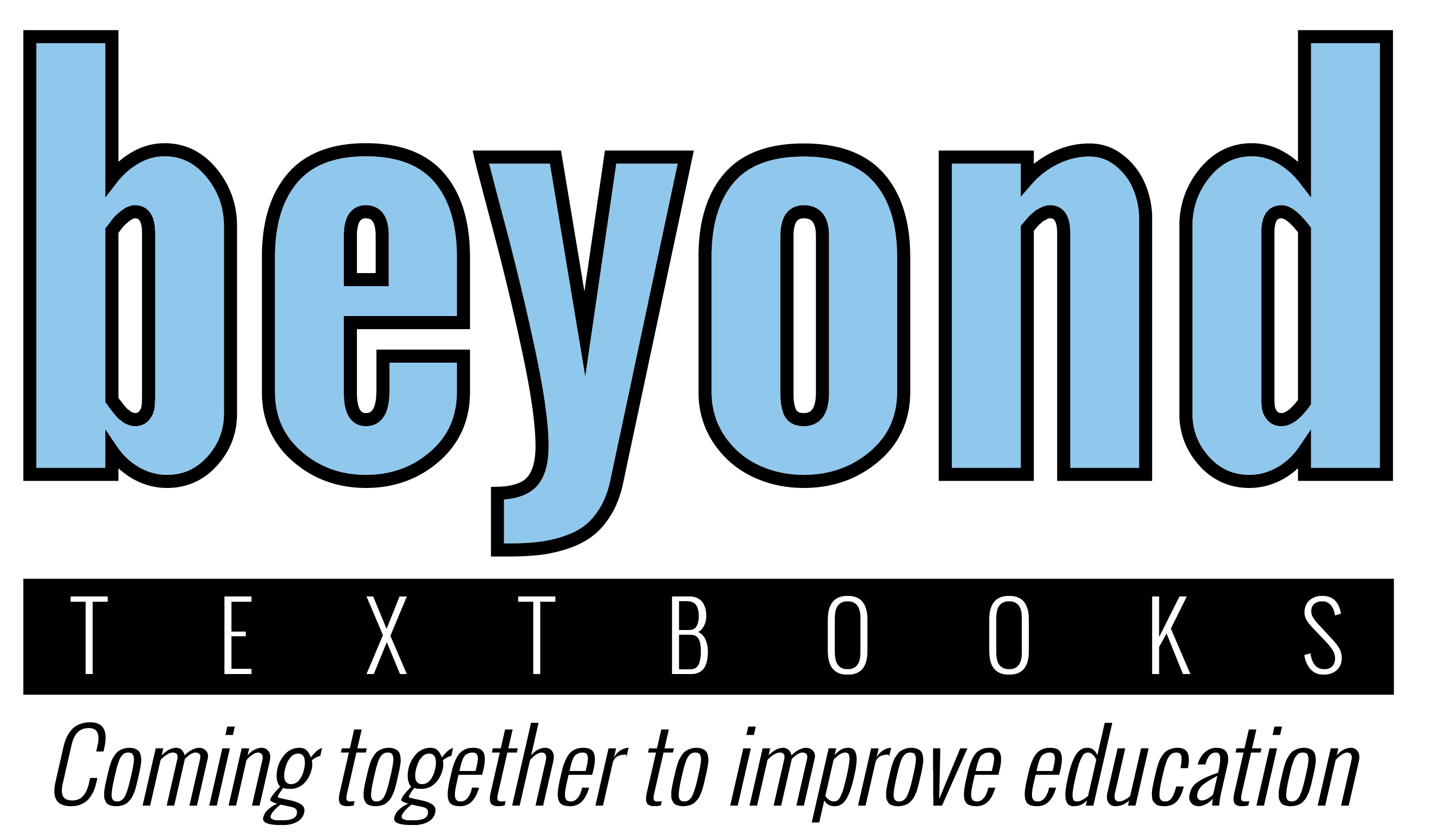Biology
Quarter 1 Standards
-
Essential HS.L1U1.20: I can ask questions and/or make predictions based on observations and evidence to demonstrate how cellular organization, structure, and function allow organisms to maintain homeostasis.
-
PlusHS.Bio.L1U1.4: I can develop and use models to explain the interdependency and interactions between cellular organelles.
-
PlusHS.Bio.L1U1.5: I can analyze and interpret data that demonstrates the relationship between cellular function and the diversity of protein functions.
-
PlusHS.Bio.L1U1.6: I can develop and use models to show how transport mechanisms function in cells.
-
PlusHS.Bio.L1U1.7: I can develop and use models to illustrate the hierarchical organization of interacting systems that provide specific functions within multicellular organisms (plant and animal).
Quarter 2 Standards
-
Essential HS.L1U1.22: I can construct an explanation for how cellular division (mitosis) is the process by which organisms grow and maintain complex, interconnected systems.
-
Essential HS.L1U3.23: I can obtain, evaluate, and communicate the ethical, social, economic and/or political implications of the detection and treatment of abnormal cell function.
-
Essential HS.L2U1.21 - I can obtain, evaluate, and communicate data showing the relationship of photosynthesis and cellular respiration; flow of energy and cycling of matter.
-
Essential HS.L3U1.24: I can construct an explanation of how the process of sexual reproduction contributes to genetic variation.
-
Essential HS.L3U3.26: I can engage in argument from evidence regarding the ethical, social, economic, and/or political implications of a current genetic technology.
-
Incorporated Earth Science Standard: HS.E1U1.12: Develop and use models of the Earth that explains the role of energy and matter in Earth’s constantly changing internal and external systems (geosphere, hydrosphere, atmosphere, biosphere).
-
PlusHS.Bio.L2U1.8: I can develop and use models to develop a scientific explanation that illustrates how photosynthesis transforms light energy into stored chemical energy and how cellular respiration breaks down macromolecules for use in metabolic processes.
-
PlusHS.Bio.L3U1.10: I can use mathematics and computational thinking to explain the variation that occurs through meiosis and calculate the distribution of expressed traits in a population.
Quarter 3 Standards
-
Essential HS.L3U1.25: I can obtain, evaluate, and communicate information about the causes and implications of DNA mutation.
-
Essential HS.L3U3.26: I can engage in argument from evidence regarding the ethical, social, economic, and/or political implications of a current genetic technology.
-
Essential HS.L4U1.27: I can obtain, evaluate, and communicate evidence that describes how changes in frequency of inherited traits in a population can lead to biological diversity.
-
Essential HS.L4U1.28: I can gather, evaluate, and communicate multiple lines of empirical evidence to explain the mechanisms of biological evolution.
-
Incorporated Earth Science Standard: HS.E1U1.11: Analyze and interpret data to determine how energy from the sun affects weather patterns and climate.
-
Incorporated Earth Science Standard: HS.E1U1.13: Evaluate explanations and theories about the role of energy and matter in geologic changes over time.
-
PlusHS.Bio.L1U1.9: I can develop and use a model to communicate how a cell copies genetic information to make new cells during asexual reproduction (mitosis).
-
PlusHS.Bio.L3U1.10: I can use mathematics and computational thinking to explain the variation that occurs through meiosis and calculate the distribution of expressed traits in a population.
-
PlusHS.Bio.L3.U1.11: I can construct an explanation for how the structure of DNA and RNA determine the structure of proteins that perform essential life functions.
-
PlusHS.Bio.L3.U1.12: I can analyze and interpret data on how mutations can lead to increased genetic variation in a population.
-
PlusHS.Bio.L4U1.13: I can obtain, evaluate, and communicate multiple lines of empirical evidence to explain the change in genetic composition of a population over successive generations. -
-
PlusHS.Bio.L4U1.14: I can construct an explanation based on scientific evidence that the process of natural selection can lead to adaption.
Quarter 4 Standards
-
Essential HS.L2U1.21: I can obtain, evaluate, and communicate data showing the relationship of photosynthesis and cellular respiration; flow of energy and cycling of matter.
-
Essential HS.L2U1.19: I can develop and use models that show how changes in the transfer of matter and energy within an ecosystem and interactions between species may affect organisms and their environment.
-
Essential HS.L2U3.18: I can obtain, evaluate, and communicate about the positive and negative ethical, social, economic, and political implications of human activity on the biodiversity of an ecosystem.
-
Incorporated Earth Science Standard: E1U1.12: Develop and use models of the Earth that explains the role of energy and matter in the Earth’s constantly changing internal and external systems (geosphere, hydrosphere, atmosphere, biosphere)
-
Incorporated Earth Science Standard: E1U3.11: Develop and use quantitative model to illustrate the relationship among earth systems and the degree to which those relationships are being modified due to human activity.
-
Incorporated Earth Science Standard: E1U3.14: Engage in argument from evidence about the availability of natural resources, occurrence of natural hazards, changes in climate, and human activity and how they influence each other.
-
PlusHS.Bio.L2U1.1: I can develop a model showing the relationship between limiting factors and carrying capacity, and use the model to make predictions on how environmental changes impact biodiversity.
-
PlusHS.Bio.L2U1.3: I can use mathematics and computational thinking to support claims for the cycling of matter and flow of energy through trophic levels in an ecosystem.
-
PlusHS.Bio.L4U1.2: I can engage in argument from evidence that changes in environmental conditions or human interventions may change species diversity in an ecosystem.PlusHS.Bio.L2U1.8: I can develop and use models to develop a scientific explanation that illustrates how photosynthesis transforms light energy into stored chemical energy and how cellular respiration breaks down macromolecules for use in metabolic processes.

